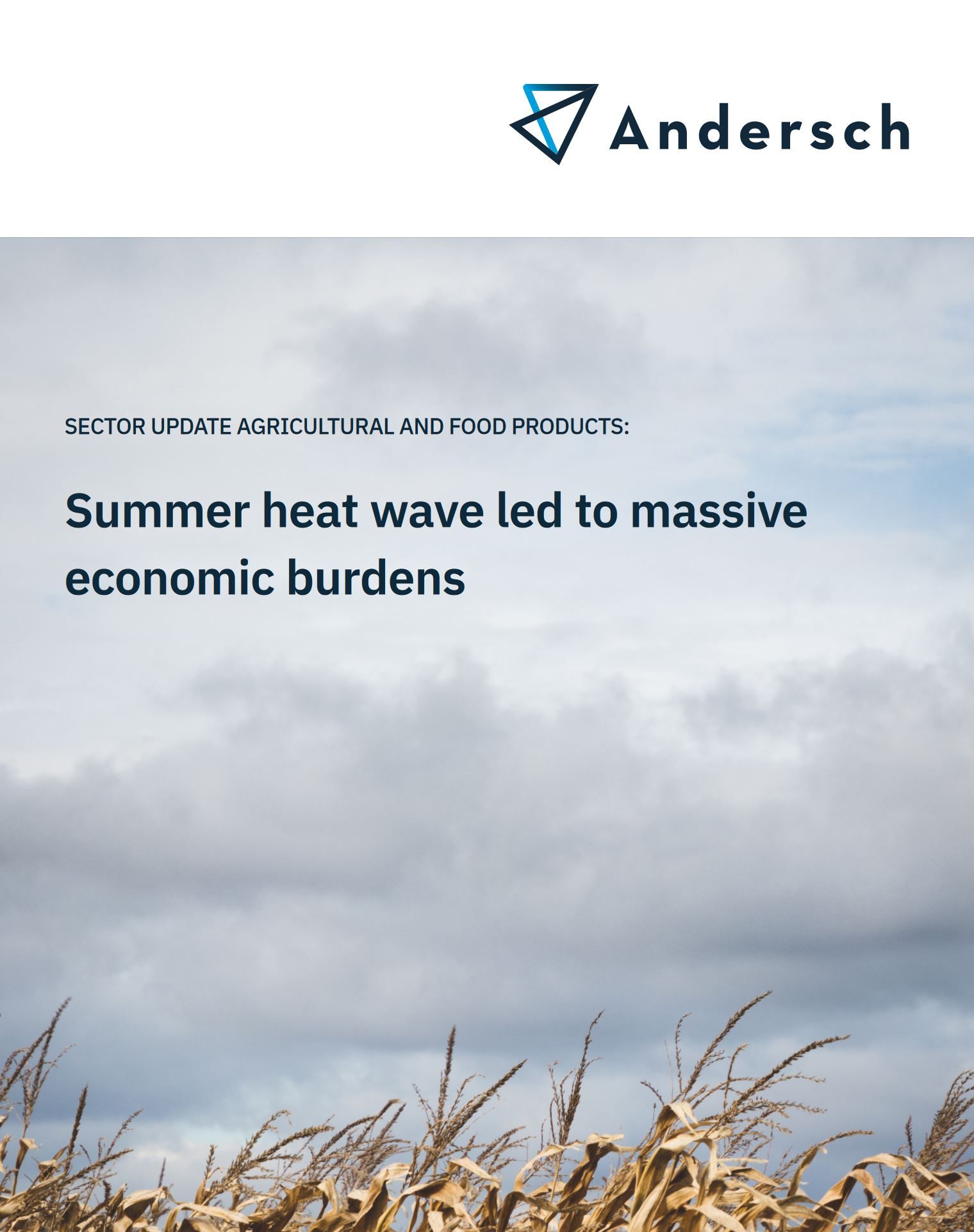What distinguishes the agricultural and food industry in Germany?
First of all, there are very many medium-sized companies, which are not infrequently family-run and have a long tradition. Some of them have long since made the leap to internationalization and have an export share of 80 percent. Others are on that threshold. We provide very differentiated advice because we know the entire value chain from producer to retailer. However, it is noticeable that many manufacturing companies have a weak liquidity and earnings situation – for example, because rising wages and high energy costs cannot be passed on to customers. To do this, you have to imagine the market as a whole: Here, many medium-sized companies negotiate with a few large retail groups. In this respect, the producers' negotiating options are limited. On the other hand, the trade cannot do without many of these producers – so they are systemically relevant. We are seeing the negotiating position of individual producers strengthen again.
What role do the regulations of politics play?
The agri-food industry is one of the most heavily regulated industries. Any change can have a massive impact in some circumstances. A good example of this is the introduction of the minimum wage in the meat industry, which has really shaken up the industry. The impact of the Supply Chain Act is similar, igniting a major impact for many small and medium-sized companies as well, as they must be able to completely trace their value chain. By the way, it is also difficult to plan new investments when new regulations keep coming up – you don't even know if a new plant can be operated in the planned way for a longer period of time.
What is the situation of the trade?
It is interesting to see the way in which the emergence of online services is changing the situation. Traditionally, it has been very difficult to implement price increases in stationary retail in Germany. However, we now find that when consumers order online (incl. delivery) of food accepted higher prices. In this respect, this opens up a huge opportunity for data-driven solutions. At the same time, the major retailers already have large volumes of data on customer shopping behaviour, but so far they have hardly been used – even though this could be used to tap into new sales potential. However, many companies find this difficult. We help them comprehensively with building an effective digital strategy.











































